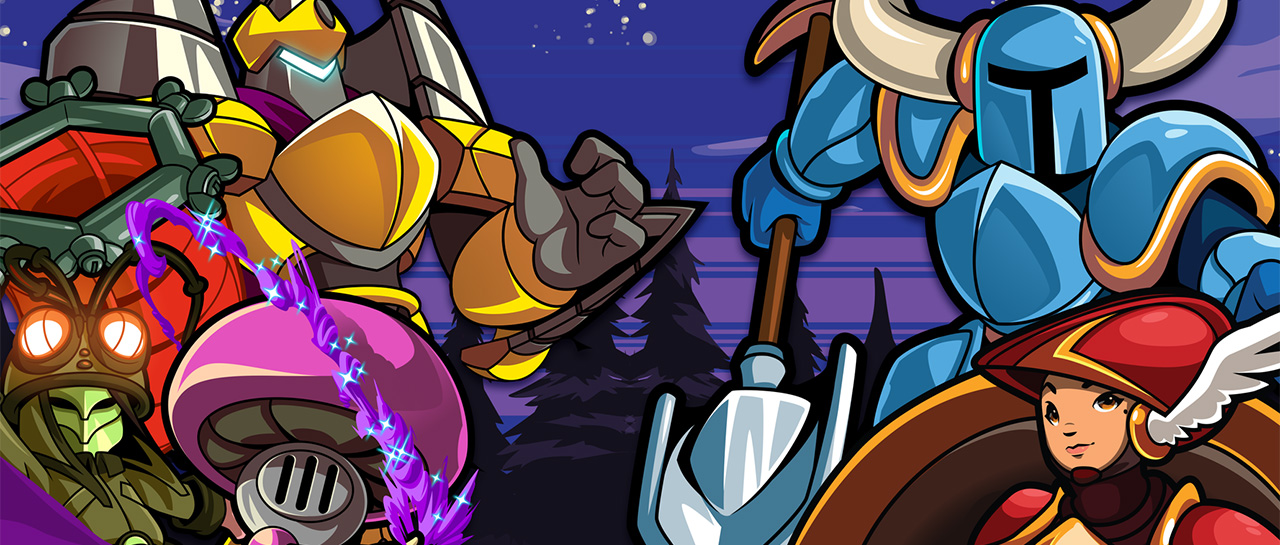In video games, user interface is everything. This helps create an engaging experience that allows players to immerse themselves in the game.
Over the years, games have continued to refine their approach to interfaces, testing and iterating on ways to present important information to users without breaking their trust in the experience. Today we will discuss how UI/UX design can influence player engagement game
Why UI/UX is important in video games
Interface is an integral part of any game. Designers must balance information displayed in a way that advances the player without interfering with gameplay: too little information can confuse the player, while too much information can overwhelm or frustrate them. Because of that UI/UX Design Services They are so much in demand in the video game sector.
From ammo counters in first-person shooters to health indicators in fighting games, the way games display information matters to how players play.
For example, in games Call of Duty, if a player takes too much damage, blood smears on the edge of the screen and the character gasps in pain. Other games usually display a health bar at the top or bottom of the screen, but Call of Duty’s approach allows players to focus on everything happening around them, adding to the game’s dynamism.
How the UI affects the UX of the players
While most websites have similar interfaces – navigation menus, search bars, navigation chains – video games differ in that they create interface elements that actually serve their users.
Here’s a look at three key ways game designers are shaping interface trends and how they can be used for web experiences.
1. Navigation
Many video games require players to perform various actions through menus (such as maintaining their in-game inventory or upgrading a character). However, instead of simple lists or folders, game developers pride themselves on creating unique experiences in their menus.
In some RPGs, players can level up their characters through a skill tree that allows them to follow one or more “branches” to “inflate” their character in a certain way.
Although this is a common game mechanic, usually shown in the form of lines that connect skills Skyrim The designers decided to show the tree in the shape of a constellation, in keeping with the fantasy theme of the game. When opening the skill tree, the character literally looks up at the sky, providing a more immersive gaming experience.
2. Points of interest
Just as a marketing site seeks to capture the user’s attention with a call-to-action (CTA) button, game developers often attempt to capture the player’s attention with points of interest (basically points of interest). A medkit lying on the ground is useless to the player if they don’t notice it.
Like in open world games The Legend of Zelda: Breath of the Wild, wild frogs are easy to overlook, essential in some recipes, if you’re not looking for them. However, if you focus on a frog, a small line of text will appear above it.
If the game’s frogs are too easy to find, they will prevent players from fully immersing themselves in the game world. If they’re too hard to spot, hunting them won’t be fun. If you have to click to see more details, it will become tedious. Immersion in Breath of the Wild relies on the interface being there when you need it and disappearing when you don’t.
3. Simplification through personalization
Compared to some video games, even the most complex programs seem simple. Instead of trying to create a one-size-fits-all solution, game designers sometimes prefer to give players the ability to customize the interface to their liking.
inside World of Warcraft, Interface customization is an integral part of the game due to its incredible depth and complexity. Players can add many mods to make it easier to manage the hundreds of things they can do in the game. Game developers encourage them to do so.
Many other complex games have similar customizations that allow players to display information in the most convenient way possible.
Conclusion
It’s not uncommon to see game reviews, forum posts, and even marketing materials discussing a video game’s interface. Great interface helps users to not only use the product, but to enjoy it and keep coming back to play.
The video game industry’s decades of dealing with easy-to-use interfaces have made it a breeding ground for UI/UX innovations that influence player participation in games. And that is only going to continue to evolve.














